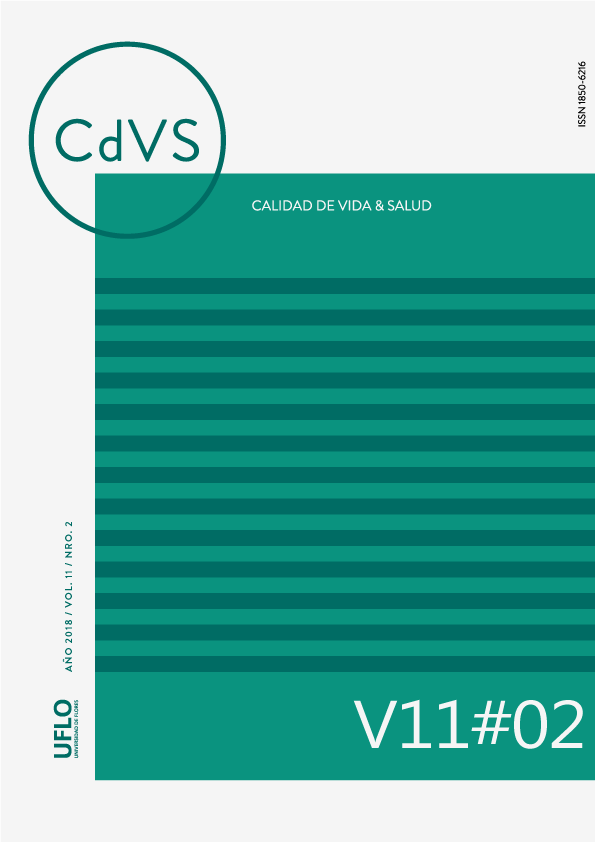An intervention protocol proposal to modify the body image disturbance using Virtual Reality
Abstract
A negative experience with one’s own body has been theorized as a common antecedent of eating disorders (EDs). In fact, body image disturbance (BID) is considered a key factor in the development, maintenance and relapse of Anorexia Nervosa (AN). As yet, the mechanisms underlying this disturbance in body representation remain unclear. In this paper we present the study protocol of this novel Virtual Reality (VR) multisensorial paradigm to assess and treat BID. Participants will be asked to perform a real and virtual body size estimation task. Then, they will be assigned to one condition (experimental vs, control), and they will have to perform a task from 1st or 3rd point-of-view, in a counterbalanced manner. The “experimental” condition task consists of touching the real abdomen while looking at the virtual one. The “control” condition task consisted of making slow movements meanwhile looking at the virtual abdomen. Thereafter, participants will perform again the real and virtual body size estimation tasks. After ten minutes, they will perform the procedure from the other point-of-view (1st vs. 3rd). This protocol is intended to be an effective tool that allows the development of a more realistic corporal representation adjusted to the own body size.Published
How to Cite
Issue
Section
The authors who publish in this journal accept the following conditions:
1. The authors retain the copyright and assign to the journal the right to first publication, with the work registered under the Creative Commons Attribution license, which allows third parties to use what has been published as long as they mention the authorship of the work and the first publication in this journal.
2. Authors may make other independent and additional contractual agreements for non-exclusive distribution of the version of the article published in this journal (e.g., inclusion in an institutional repository or publication in a book) provided that they clearly indicate that the work was first published in this journal.
3. Authors are permitted and encouraged to publish their work on the Internet (e.g., on institutional or personal pages) before and during the review and publication process, as this may lead to productive exchanges and greater and faster dissemination of published work (see The Effect of Open Access).









